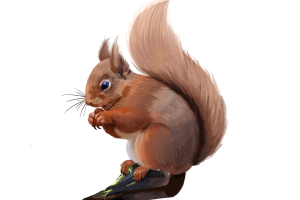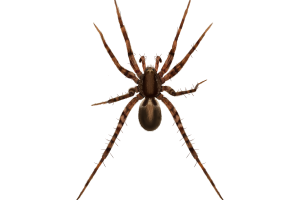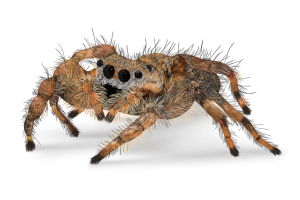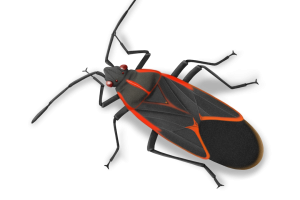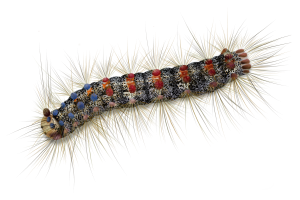Identifying spruce budworms involves careful observation of both the larvae and the signs they leave behind. The larvae, which are the caterpillar stage of a moth, are typically greenish or brownish with a distinct light stripe along each side. They can be around 20-30 mm in length when mature. Look for infested trees, such as spruce or fir, that exhibit reddish-brown or yellowing needles, particularly at the top of the tree. Defoliation, where new shoots or buds are missing or damaged, is another sign of spruce budworm activity. Additionally, keep an eye out for the small silken webs or tubes created by the larvae for shelter, and the presence of frass (larval excrement) in and around the webs or on the ground beneath the tree. Adult spruce budworm moths have brown wings with mottled patterns and a wingspan of about 24 mm.
If you are uncertain about your observations, it is advisable to seek guidance from a local expert such as an arborist, forester, or extension service. They can provide professional assistance in identifying spruce budworms and offer advice on appropriate management strategies. By being attentive to these signs and seeking expert support when needed, you can effectively identify spruce budworm infestations and take appropriate measures to mitigate their impact on your trees.

